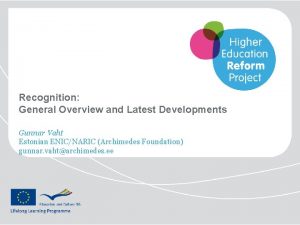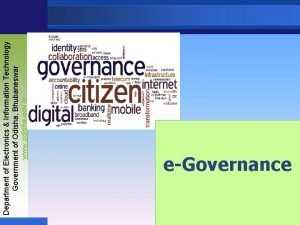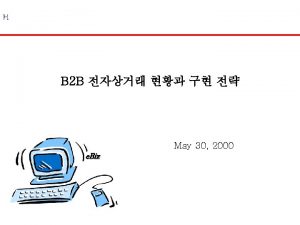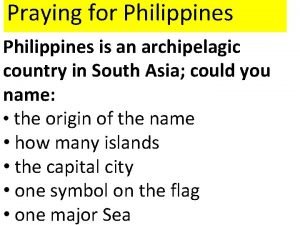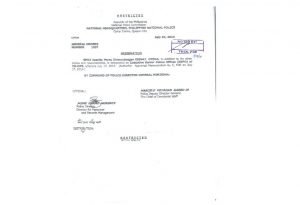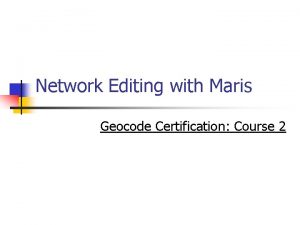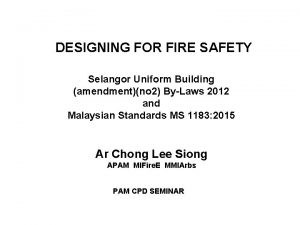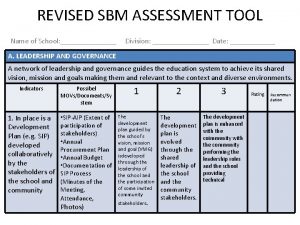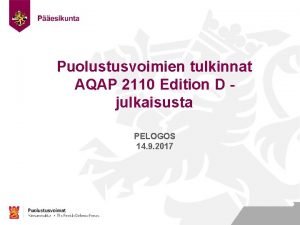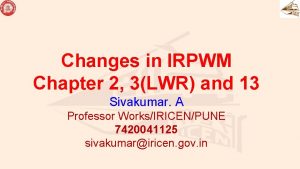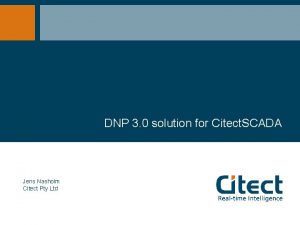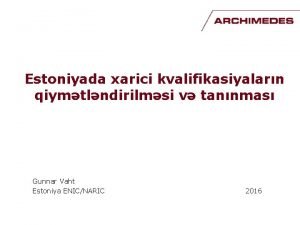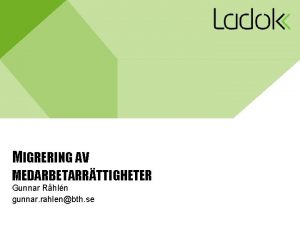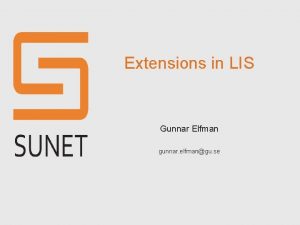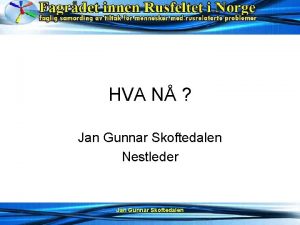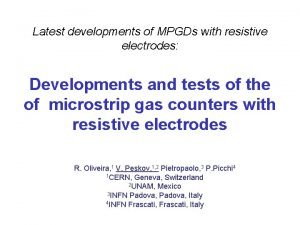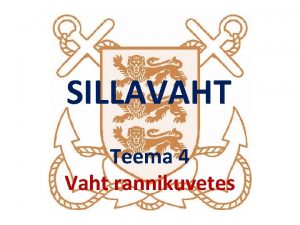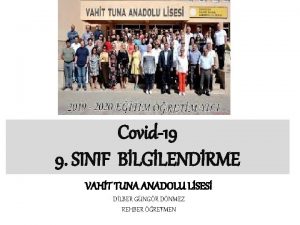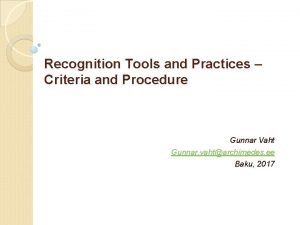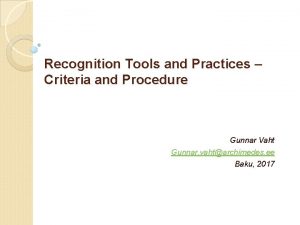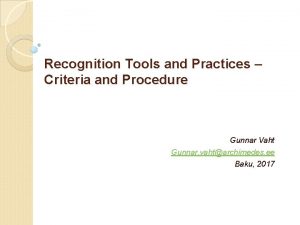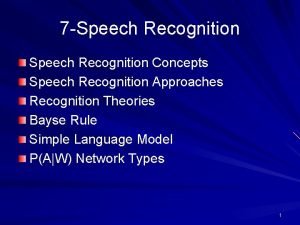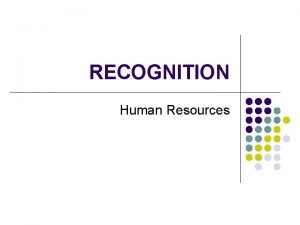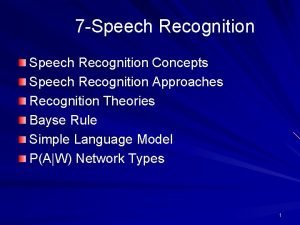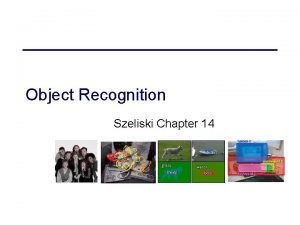Recognition General Overview and Latest Developments Gunnar Vaht





















- Slides: 21

Recognition: General Overview and Latest Developments Gunnar Vaht Estonian ENIC/NARIC (Archimedes Foundation) gunnar. vaht@archimedes. ee

> Recognition in EHEA ● Is an important component of the whole development towards the European Higher Education Area - Movement of students and employees - Internationalisation of higher education institutions - New skills and international expereince in labor market

> International legal instruments ● ● ● Conventions Recommendations (subsidiary texts) Declarations EU Directives Bilateral and multilateral agreements

> Convention ● Convention on the Recognition of qualifications concerning Higher Education in the European Region (the Lisbon Convention), 1997 – Council of Europe and UNESCO ● 50 ratifications/accessions

> Subsidiary documents ● Recommendation on Criteria and Procedures for the Assessment of Foreign Qualifications (2001) ● Code of Good Practice in the Provision of Transnational Education (2001, revised 2007) ● Recommendation on the Recognition of Joint Degrees (2004) ● Joint ENIC/NARIC Charter of Activities and Services (2004)

> Recognition Networks ● ENIC (European Network of Information Centres on Academic Recognition and Mobility) • Council of Europe / UNESCO ● NARIC (National Academic Recognition Information Centres) • European Commission ● Contact: www. enic-naric. net

> Recognition and Qualifications Frameworks ● Qualifications frameworks describe qualifications in a given system • QF-EHEA (higher education qualifications) • EQF-LLL (all qualifications in an education system) ● Qualifications frameworks are important instruments in achieving comparability and transparency of qualifications ● Risks that certain level qualification is automatically recognised at the same level in host country • (there are second cycle degees with no access to third cycle study)

> Assessment criteria and procedures ● Adequate assessment of foreign qualifications is the fundamental issue towards the fair recognition ● International and national regulations • Recommendation on Criteria and Procedures for the Assessment of Foreign Qualifications (adopted on 6 June 2001; a subsidiary text to the Lisbon Recognition Convention) • A recommendation based on good practice • National legal acts and internal regulations • The national legal framework should applied in a flexible way with a view to making recognition possible. In cases where existing national laws conflict with the Recommendation, it is encouraged carefully to consider whether national laws may be amended.

> Recommendation on Procedures and Criteria ● Article IV. Assessment procedures • Information to applicant • Standardised information on the procedures and criteria, automatically should be given to all applicants • Information on the qualification for which recognition is sought • The responsibility for providing information on the qualification is shared by applicants, HEIs and competent authorities • • • Fees Translation Verification of the authenticity of documents Time Appeal

> Recommendation on Procedures and Criteria ● Article V. Assessment criteria • Status of the institution (awarding body) • Assessment of individual qualification

> Assessment criteria (good practice) – status of the institution ● Assessment of institution • Whether the HEI belongs to the higher education system • Transnational provider (according to the Code of good Practice) • Type of institution – HEI or vocational school; university of professional HEI • Quality assessment and assurance/accreditation • Status and recognition of institution in home country

> Assessment criteria (good practice) – assessment of individual qualification ● Assessment of qualification • • • Access requirements (previous education) Field of study – specialisation Content (courses), practice, research, graduation requirements Profile Quality /accreditation Nominal duration, workload (credits) (grades) Level in National Qualifications Framework Function of qualification (access to further studies; rights in labor market) • Learning outcomes and competences

> Five main elements of qualification (higher education qualifications framework) • • • Quality Level Workload Profile Learning outcomes ● As main elements in assessment and comparison of qualifications in EHEA

> Assessment of learning outcomes • Learning outcomes will be of key importance, as it will be in the further development of a fair recognition based on what a person knows and is able to do rather than the formal procedures that have led to the qualification. • NB! in most cases the descriptions for and of learning outcomes are not yet available

> A very important element • In addition to five key elements (level, quality, workload, profile and learning outcomes) there is one more key element in assessment and recognition of qualification – function of the qualification • Function – it is assessed what a person can do with the certain qualification in his/her home country, formal rights in access to further study and/or for the labor market

> Criteria and procedure – good and not so good or unacceptable practice (analysis of national action plans) • GOOD PRACTICE • National legislation has been adopted or amended on the basis of principles laid down in the LRC and its subsidiary texts • NOT SO GOOD OR UNACCEPTABLE PRACTICE • National legislation is not amended after ratification of the LRC. National legislation uses outdated terminology linked to such concepts and approaches in recognition which the LRC aims to abolish (nostrification; equivalency)

> Criteria and procedure – good and not so good or unacceptable practice (analysis of national action plans) • GOOD PRACTICE • If necessary, authenticity of credentials is veryfied through the correspondence with the country of origin • NOT SO GOOD OR UNACCEPTABLE PRACTICE • Requesting that all documents have apostille • (requesting that an applicant have to receive and bring a confirmation issued by the authorities of country of origin)

> Criteria and procedure – good and not so good or unacceptable practice (analysis of national action plans) • GOOD PRACTICE • Acknowledge differences between educational systems and programmes • Moving away from seeking full comparability of the foreign qualification – towards comparing only these aspects relevant to the rights and functions • NOT SO GOOD OR UNACCEPTABLE PRACTICE • Seek for full comparability (equivalency) of programme contents • Using programme duration and content details as main criteria for recognition

> Criteria and procedure – good and not so good or unacceptable practice (analysis of national action plans) • GOOD PRACTICE • Whenever possible, basis recognition on comparison of learning outcomes and competences • NOT SO GOOD OR UNACCEPTABLE PRACTICE • Assessment involves detailed comparison of curricula and material studied

> Criteria and procedure – good and not so good or unacceptable practice (analysis of national action plans) • GOOD PRACTICE • Countries (national bodies) monitor observation of the principles of the LRC and its subsidiary texts are followed by HEIs • NOT SO GOOD OR UNACCEPTABLE PRACTICE • Countries consider that state cannot influence or monitor recognition procedures at HEIs due to institutional autonomy

THANK YOU!
 Gunnar vaht
Gunnar vaht Latest electronics and information technology in odisha
Latest electronics and information technology in odisha Florence and the machine latest music video
Florence and the machine latest music video General overview
General overview Direct speech grade 3
Direct speech grade 3 Praying for philippines
Praying for philippines Pnp organizational structure 2022 with names
Pnp organizational structure 2022 with names Latest updates from upstu
Latest updates from upstu Pressurized hydrant system malaysia
Pressurized hydrant system malaysia Ggbs is code 16714
Ggbs is code 16714 School-based accountability assessment framework tools
School-based accountability assessment framework tools Aqap
Aqap Oracle apex 19 new features
Oracle apex 19 new features Nbc
Nbc Heywood global politics
Heywood global politics Sspc-pa 2
Sspc-pa 2 Lwr manual 2020
Lwr manual 2020 Dd 577 usmc
Dd 577 usmc Latest trands
Latest trands Citect scada latest version
Citect scada latest version Relocation policy trends
Relocation policy trends Indian pharmacopoeia latest edition
Indian pharmacopoeia latest edition
